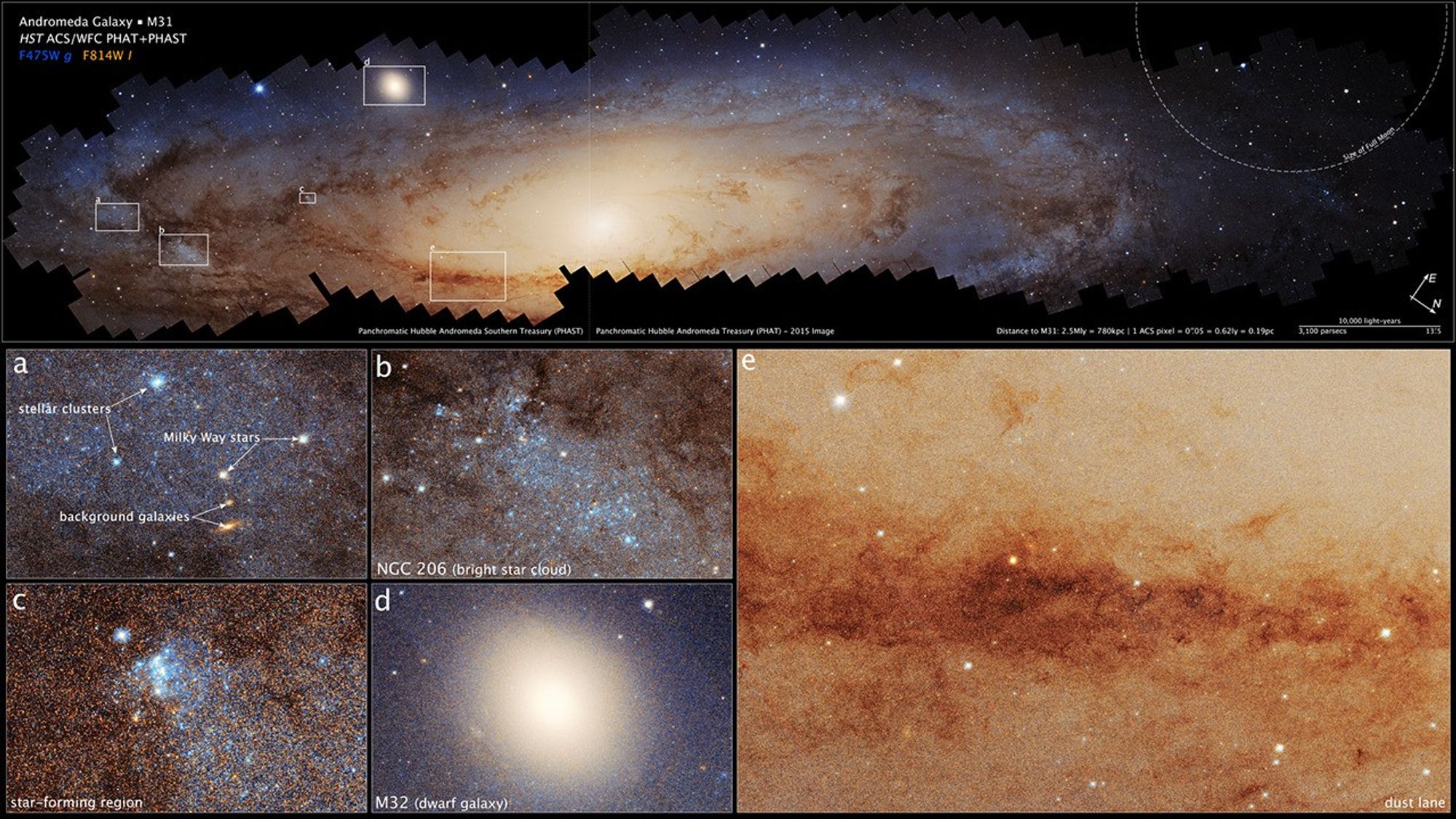Cassini Significant Event Report
For Week Ending 05/12/00
The most recent spacecraft telemetry data was acquired from the Canberra
tracking station on Wednesday, 5/10. The Cassini spacecraft is in an
excellent state of health and is operating normally. The C19 background
sequence completed on schedule and C20 started execution on 05/05/00. The speed of the spacecraft can be viewed on the “Where is Cassini Now?” web page.
An update of the Attitude and Articulation Control Subsystem (AACS)
Constraint Monitor was performed and the Ka-Band transmitter onboard the
spacecraft was turned on. Communications received from both Spacecraft and
Radio Science Subsystem teams indicated both activities executed properly.
Early on May 9 both the RPWS and MAG instruments detected an interplanetary
shock. This is a boundary in the solar wind where a faster-moving cloud of
plasma overtakes one moving more slowly. Such shocks are common features
of the solar wind. During the peak of solar activity known as solar
maximum, the shocks are most commonly driven by coronal mass ejections
originating at the Sun and can propagate long distances through the solar
system. Cassini observations of such events can be compared to observations
by other spacecraft situated in various locations throughout the
heliosphere to understand the propagation characteristics of the shock.
The Cassini observations also provide information on solar wind conditions
which will eventually interact with the Jovian magnetosphere and can be
important in understanding that magnetosphere’s interaction with the
interplanetary medium.
The Cassini spacecraft has entered a period of superior conjunction where
the angle between the sun and the spacecraft as seen from Earth gets very
small. This is important because the near-sun environment influences the
signal sent to and from the spacecraft and defines a period where
communication with the spacecraft is very difficult. This week Cassini
personnel scheduled and performed the first of ten planned uplink
characterization tests. The purpose of these tests is to characterize the
conjunction effects on command radiation at both 250 bits per second (bps)
and 500 bps to the spacecraft during superior conjunction.
- Passed below a Sun-Earth-Probe (SEP) angle of 4.0 degrees on 5/7/00
- Passed below a SEP angle of 3.0 degrees on 5/8/00
- Passed below a SEP angle of 2.0 degrees on 5/10/00
- The minimum angle to be experienced during this sequence will be 0.56
degrees which will occur on 5/12/00
Sequence development continues for C21. The final SCR approval meeting was
held on 5/09. Approved sequence change requests and comments will be
incorporated and updated sequence products will be distributed next week.
A Satellite Orbiter Science Team (SOST) meeting was held to continue work
on the instrument team allocation of time and resources for the icy
satellite flybys. The group also developed recommendations for the
Enceladus trajectory tweaks.
All Cassini Teams supported the NASA Quarterly Review (aka GPMC) held this
week.
Additional information about Cassini-Huygens is online at http://saturn.jpl.nasa.gov.
Cassini will begin orbiting Saturn on July 1, 2004, and release its piggybacked Huygens probe about six months later for descent through the thick atmosphere of the moon Titan. Cassini-Huygens is a cooperative mission of NASA, the European Space Agency and the Italian Space Agency. JPL, a division of the California Institute of Technology in Pasadena, manages the mission for NASA’s Office of Space Science, Washington, D.C.
Media Relations Office
Jet Propulsion Laboratory
California Institute of
Technology
National Aeronautics and Space
Administration
Pasadena, Calif. 91109.
Telephone (818) 354-5011
































